Human Anti-FAS Recombinant Antibody (clone E09) (CAT#: PABL-730)
Recombinant Human Antibody (E09) is capable of binding to TNFR 6, expressed in HEK 293 cells. Expressed as the combination of a heavy chain (HC) containing VH from anti-TNFR 6 mAb and CH1-3 region of human IgG1 and a light chain (LC) encoding VL from anti-TNFR 6 proteins mAb and CL of human kappa light chain. Exists as a disulfide linked dimer of the HC and LC hetero-dimer under non-reducing condition. This antibody could efficiently trigger apoptosis and therefore function as a potent agonist.

Figure 1 Directed evolution of Fas antibody E09.
( a ) Analysis of the 44 highest affinity E09 variant antibodies from the six selection rounds, R1-R6. Surrogate affinity was determined using a six-point antigen titration in an ELISA-based assay. ( b ) Individual energy contribution of the seven mutations in the top clone EP6b_B01 to affinity improvement. Free energy of binding compared with the parent ( DD G 0 (mut-WT)) of single-point mutants and revertants in the EP6b_B01 sequence context are shown in white and grey, respectively. Theoretical additive values of the point mutant and the revertant are shown in dashed black. Energy calculations were based on BIAcore affinity measurement of scFvs for recombinant Fas. ( c ) Structural basis for affinity improvement in EP6b_B01. The lower panels show close-up views from the squares in the upper panel. The left part of each panel shows the zoom from the structure FasR:E09 complex, the right part the zoom from FasR:EP6b_B01. Hydrogen bonds are indicated as black dashed lines
Chodorge, M., Züger, S., Stirnimann, C., Briand, C., Jermutus, L., Grütter, M. G., & Minter, R. R. (2012). A series of Fas receptor agonist antibodies that demonstrate an inverse correlation between affinity and potency. Cell death and differentiation, 19(7), 1187.

Figure 2 E09 variants with higher affinity are less potent agonists.
(a) Dose-dependent killing of Jurkat cells by E09 parent antibody, affinity optimised variants, or negative control CAT002. Dose response curves were plotted from cell-viability data following treatment with each of the antibodies. The cell-viability assay was performed in quadruplicate and error bars indicate the S.D. between replicates. The affinity of each antibody for Fas is also labelled next to the relevant curve. (b) The rate of koff (s1) for E09 and variant antibodies, as determined by SPR, was plotted against the Jurkat cell-killing efficiency. The parent antibody E09 is indicated by a circle containing a cross, the directed evolution variants are shown as unfilled circles and point mutants are shown as filled circles.
Chodorge, M., Züger, S., Stirnimann, C., Briand, C., Jermutus, L., Grütter, M. G., & Minter, R. R. (2012). A series of Fas receptor agonist antibodies that demonstrate an inverse correlation between affinity and potency. Cell death and differentiation, 19(7), 1187.

Figure 3 Analysis of antibody E09 agonism of Fas by comparison to other agonists.
Jurkat cells were incubated for 8 h with the indicated IgGs or FasL at different concentrations. CAT002 was an unrelated IgG negative control. ( a ) The turnover of the effector caspase substrate z-DEVD-aminoluciferin was measured in relation to the concentration of each agonist or control antibody. ( b ) The amount of oligonucleosomes present in the cytosol, an indicator of DNA fragmentation during apoptosis, was detected by an antibody-based assay and plotted versus the concentration. All experiments were performed in triplicate and error bars indicate the standard deviation between replicates.
Chodorge, M., Züger, S., Stirnimann, C., Briand, C., Jermutus, L., Grütter, M. G., & Minter, R. R. (2012). A series of Fas receptor agonist antibodies that demonstrate an inverse correlation between affinity and potency. Cell death and differentiation, 19(7), 1187.
Specifications
- Immunogen
- Human Fas cell surface death receptor
- Host Species
- Human
- Type
- Human IgG
- Specificity
- Human FAS
- Species Reactivity
- Human
- Clone
- E09
- Applications
- WB, IF, FuncS
Product Property
- Purity
- >95% as determined by SDS-PAGE and HPLC analysis
- Concentration
- Please refer to the vial label for the specific concentration.
- Storage
- Centrifuge briefly prior to opening vial. Store at +4°C short term (1-2 weeks). Aliquot and store at -20°C long term. Avoid repeated freeze/thaw cycles.
Applications
- Application Notes
- The FAS antibody has been reported in applications of Enzyme-linked Immunosorbent Assay, Surface Plasmon Resonance, Agonist.
Target
Related Resources
Product Notes
This is a product of Creative Biolabs' Hi-Affi™ recombinant antibody portfolio, which has several benefits including:
• Increased sensitivity
• Confirmed specificity
• High repeatability
• Excellent batch-to-batch consistency
• Sustainable supply
• Animal-free production
See more details about Hi-Affi™ recombinant antibody benefits.
Downloads
Download resources about recombinant antibody development and antibody engineering to boost your research.
See other products for "Clone E09"
See other products for "FAS"
Fab Fragment Antibody
| CAT | Product Name | Application | Type |
|---|---|---|---|
| PFBL-723 | Human Anti-FAS Recombinant Antibody (clone E09); Fab Fragment | WB, IF, FuncS | Human Fab |
| PFBL-724 | Human Anti-FAS Recombinant Antibody (clone EP6b-B01); Fab Fragment | WB, FuncS | Human Fab |
| HPAB-0035-YJ-F(E) | Human Anti-FAS Recombinant Antibody (clone h-HFE7A); Fab Fragment | ELISA, Cyt, Apop | Human Fab |
| HPAB-1575WJ-F(E) | Mouse Anti-FAS Recombinant Antibody; Fab Fragment (clone F919-9-18) | ELISA, WB | Mouse Fab |
| HPAB-1576WJ-F(E) | Human Anti-FAS Recombinant Antibody; Fab Fragment (clone F919) | ELISA, WB | Human Fab |
Human Antibody
| CAT | Product Name | Application | Type |
|---|---|---|---|
| TAB-029WM | Anti-Human FAS Recombinant Antibody (F45D9-γ1) | FC | Human Antibody |
| TAB-029WM-S(P) | Anti-Human FAS Recombinant Antibody scFv Fragment (F45D9-γ1) | IHC, ELISA, FC | Human Antibody |
| TAB-029WM-F(E) | Anti-Human FAS Recombinant Antibody Fab Fragment (F45D9-γ1) | IHC, ELISA, FC | Human Antibody |
Chicken IgY Antibody
| CAT | Product Name | Application | Type |
|---|---|---|---|
| BRD-0201MZ | Chicken Anti-FAS (ab1) Polyclonal IgY | WB | Chicken antibody |
| BRD-0202MZ | Chicken Anti-FAS (ab2) Polyclonal IgY | WB | Chicken antibody |
Neutralizing Antibody
| CAT | Product Name | Application | Type |
|---|---|---|---|
| NEUT-767CQ | Mouse Anti-FAS Recombinant Antibody (clone CBL933) | Neut, FC, WB | Mouse IgG1 |
Blocking Antibody
| CAT | Product Name | Application | Type |
|---|---|---|---|
| NEUT-768CQ | Mouse Anti-FAS Recombinant Antibody (clone ZB4) | Block, FC, IHC, WB | Mouse IgG1 |
Rabbit Monoclonal Antibody
| CAT | Product Name | Application | Type |
|---|---|---|---|
| MOR-1252 | Hi-Affi™ Rabbit Anti-FAS Recombinant Antibody (clone DS1252AB) | WB, ICC | Rabbit IgG |
| MOR-1253 | Hi-Affi™ Rabbit Anti-Fas Recombinant Antibody (clone DS1253AB) | ELISA | Rabbit IgG |
Agonistic Antibody
| CAT | Product Name | Application | Type |
|---|---|---|---|
| MOB-103LC | Mouse Anti-FAS Recombinant Antibody (clone CH11) | FC, ICC, WB |
Recombinant Antibody
| CAT | Product Name | Application | Type |
|---|---|---|---|
| MRO-0569-CN | Rabbit Anti-FAS Recombinant Antibody (clone JJ0942) | WB, IF, IHC, FC | Rabbit IgG |
| FN-038CQ | Mouse Anti-FAS Recombinant Antibody (clone APO-1-3) | FC, IP, WB, FuncS | Mouse IgG3 |
| HPAB-0035-YJ | Human Anti-FAS Recombinant Antibody (clone h-HFE7A) | ELISA, Cyt, Apop | Human IgG1, κ |
| ZG-0711F | Mouse Anti-FAS Recombinant Antibody (clone 3.22) | FC | Mouse IgG1 |
| VS3-XY660 | Mouse Anti-FAS Recombinant Antibody, PE (clone 4ADX2) | FC, IF | Mouse IgG1 |
scFv Fragment Antibody
| CAT | Product Name | Application | Type |
|---|---|---|---|
| HPAB-0035-YJ-S(P) | Human Anti-FAS Recombinant Antibody (clone h-HFE7A); scFv Fragment | ELISA, Cyt, Apop | Human scFv |
| HPAB-0450-YJ-S(P) | Rabbit Anti-FAS Recombinant Antibody; scFv Fragment (HPAB-0450-YJ-S(P)) | ELISA, FC | Rabbit scFv |
| HPAB-0451-YJ-S(P) | Rabbit Anti-FAS Recombinant Antibody; scFv Fragment (HPAB-0451-YJ-S(P)) | ELISA, FC | Rabbit scFv |
| HPAB-1575WJ-S(P) | Mouse Anti-FAS Recombinant Antibody; scFv Fragment (clone F919-9-18) | ELISA, WB | Mouse scFv |
| HPAB-1576WJ-S(P) | Human Anti-FAS Recombinant Antibody; scFv Fragment (clone F919) | ELISA, WB | Human scFv |
Customer Reviews and Q&As
There are currently no Customer reviews or questions for PABL-730. Click the button above to contact us or submit your feedback about this product.
View the frequently asked questions answered by Creative Biolabs Support.
For Research Use Only. Not For Clinical Use.
For research use only. Not intended for any clinical use. No products from Creative Biolabs may be resold, modified for resale or used to manufacture commercial products without prior written approval from Creative Biolabs.
This site is protected by reCAPTCHA and the Google Privacy Policy and Terms of Service apply.






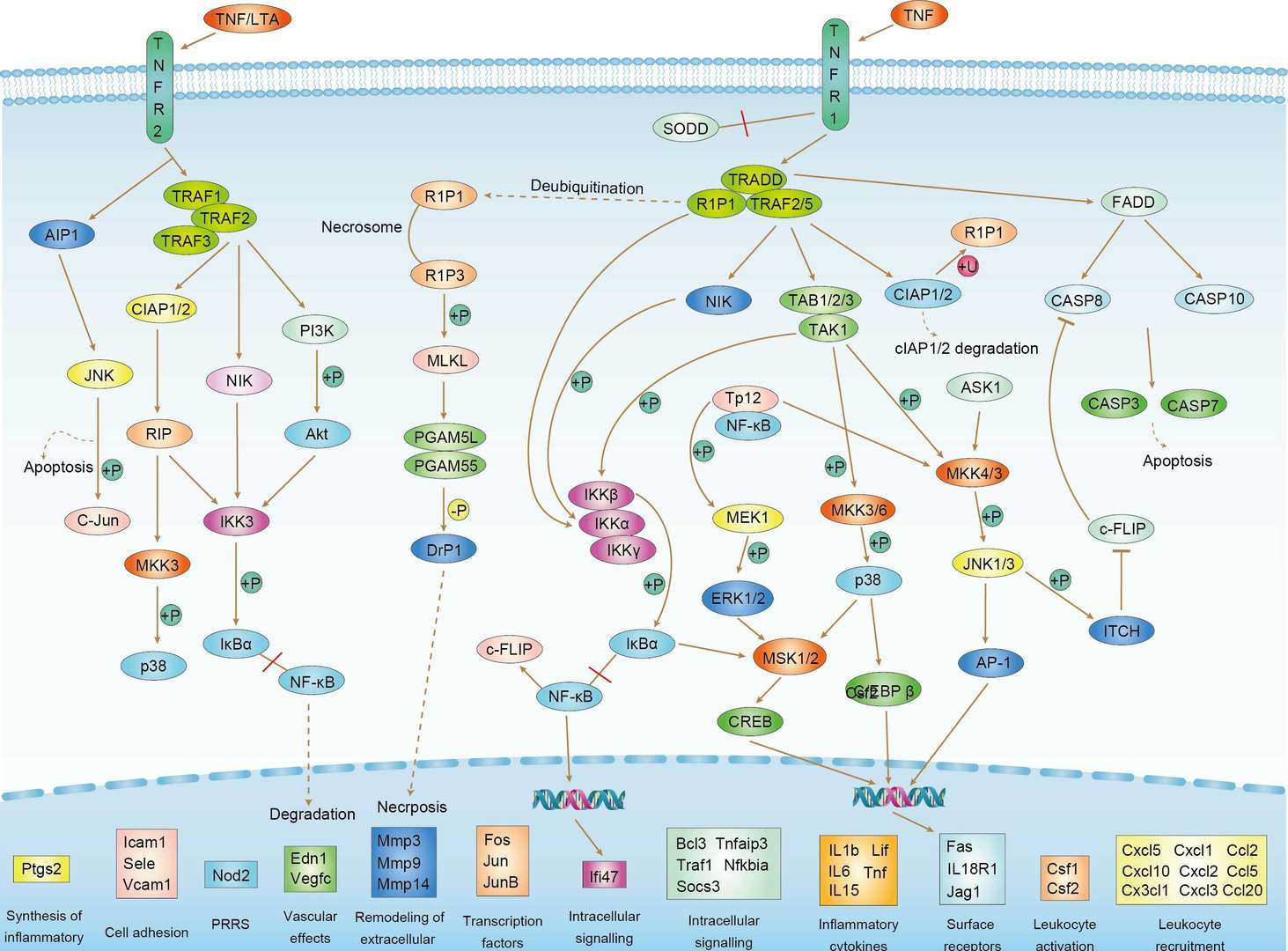 TNF Signaling Pathway
TNF Signaling Pathway
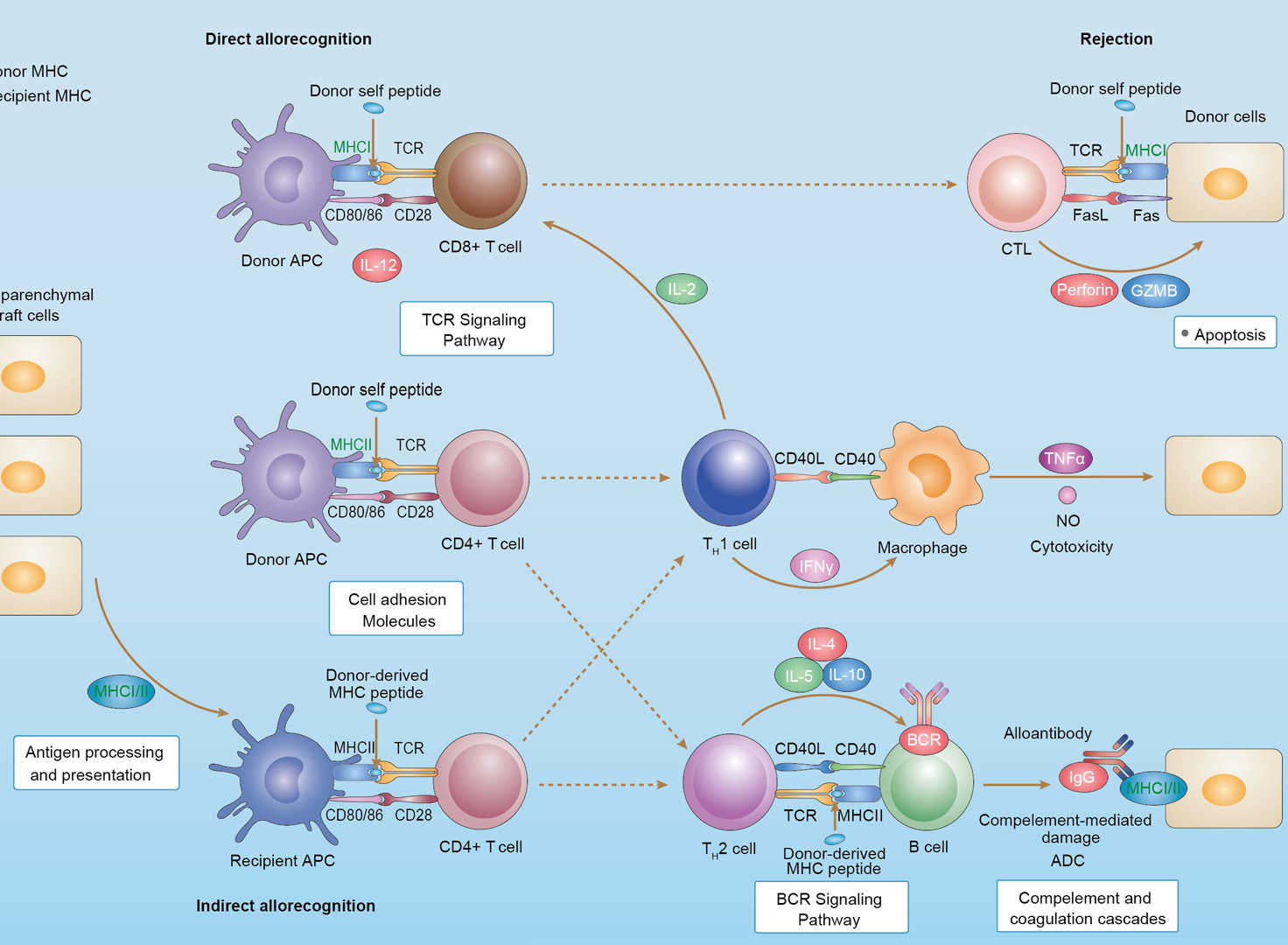 Allograft Rejection
Allograft Rejection
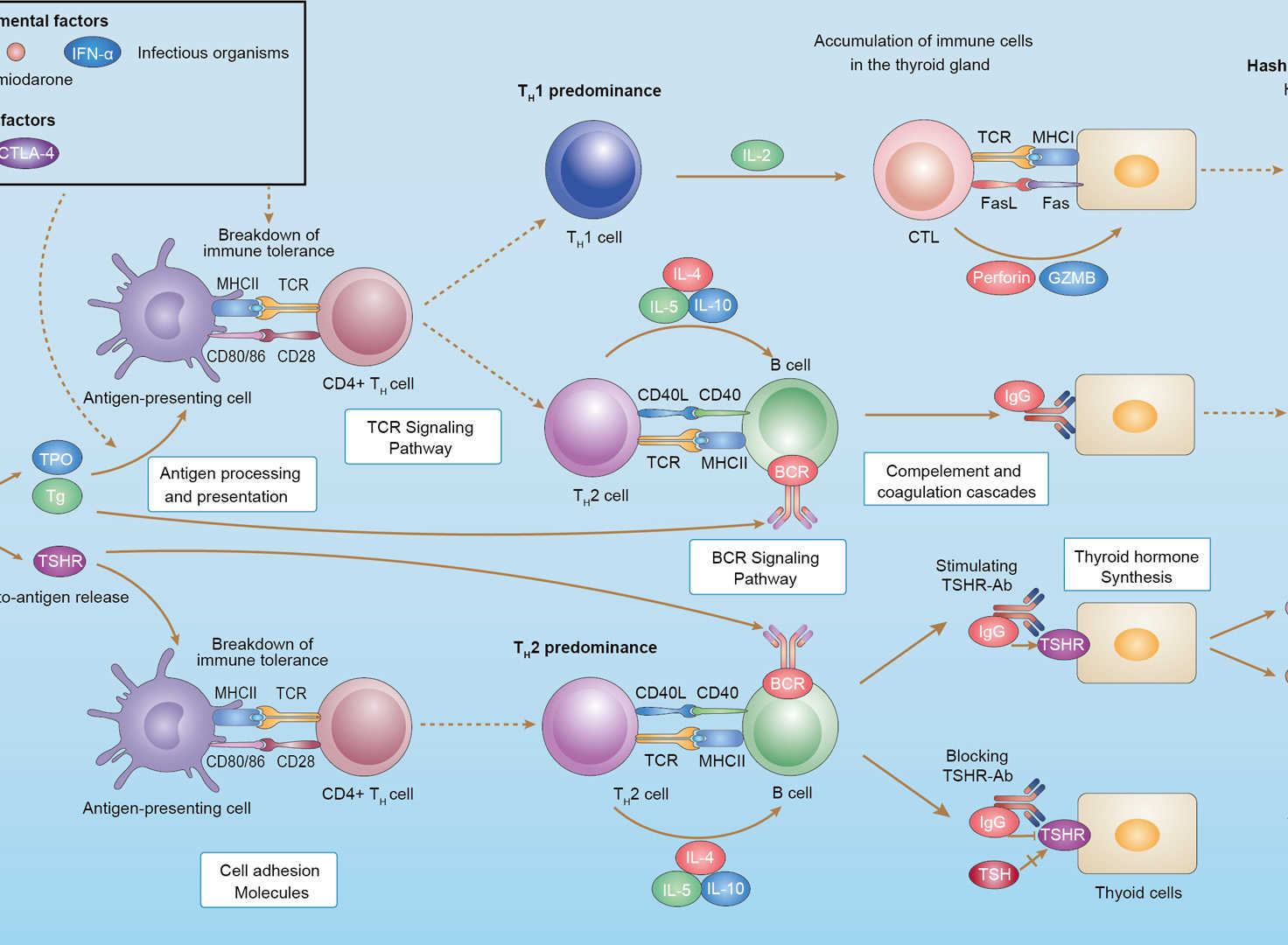 Autoimmune Thyroid Disease
Autoimmune Thyroid Disease
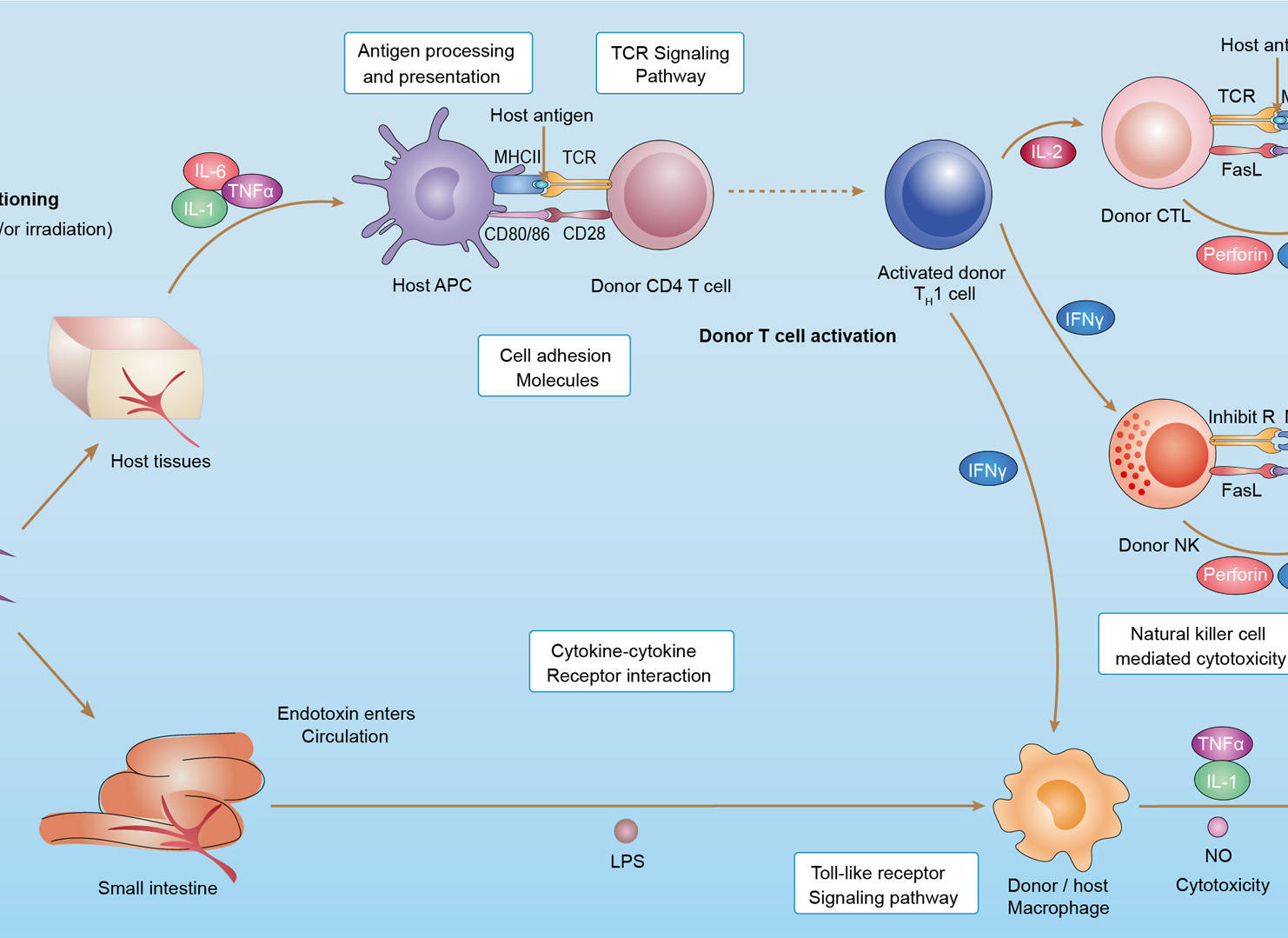 Graft-versus-Host Disease
Graft-versus-Host Disease
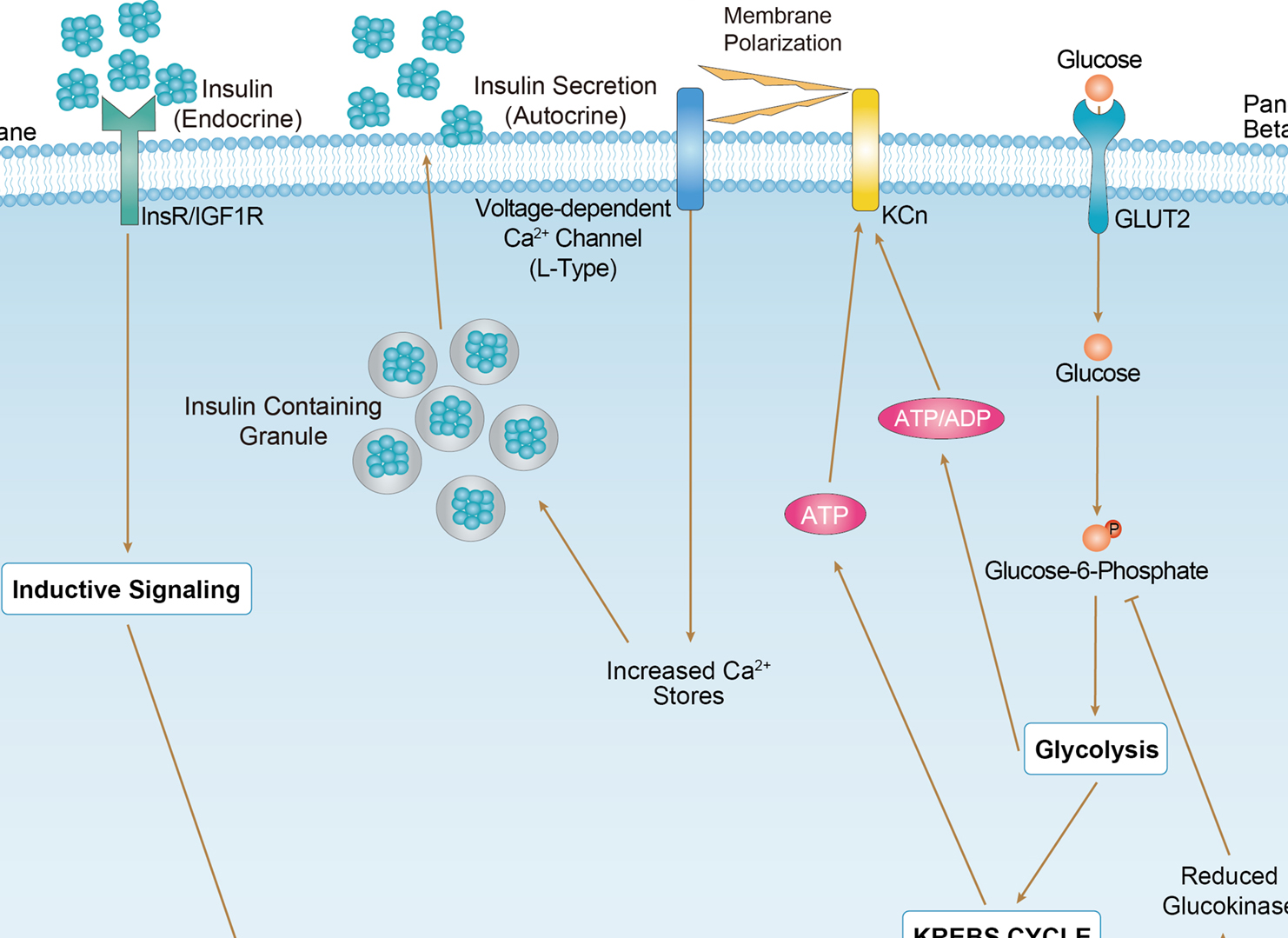 Maturity Onset Diabetes of the Young
Maturity Onset Diabetes of the Young
